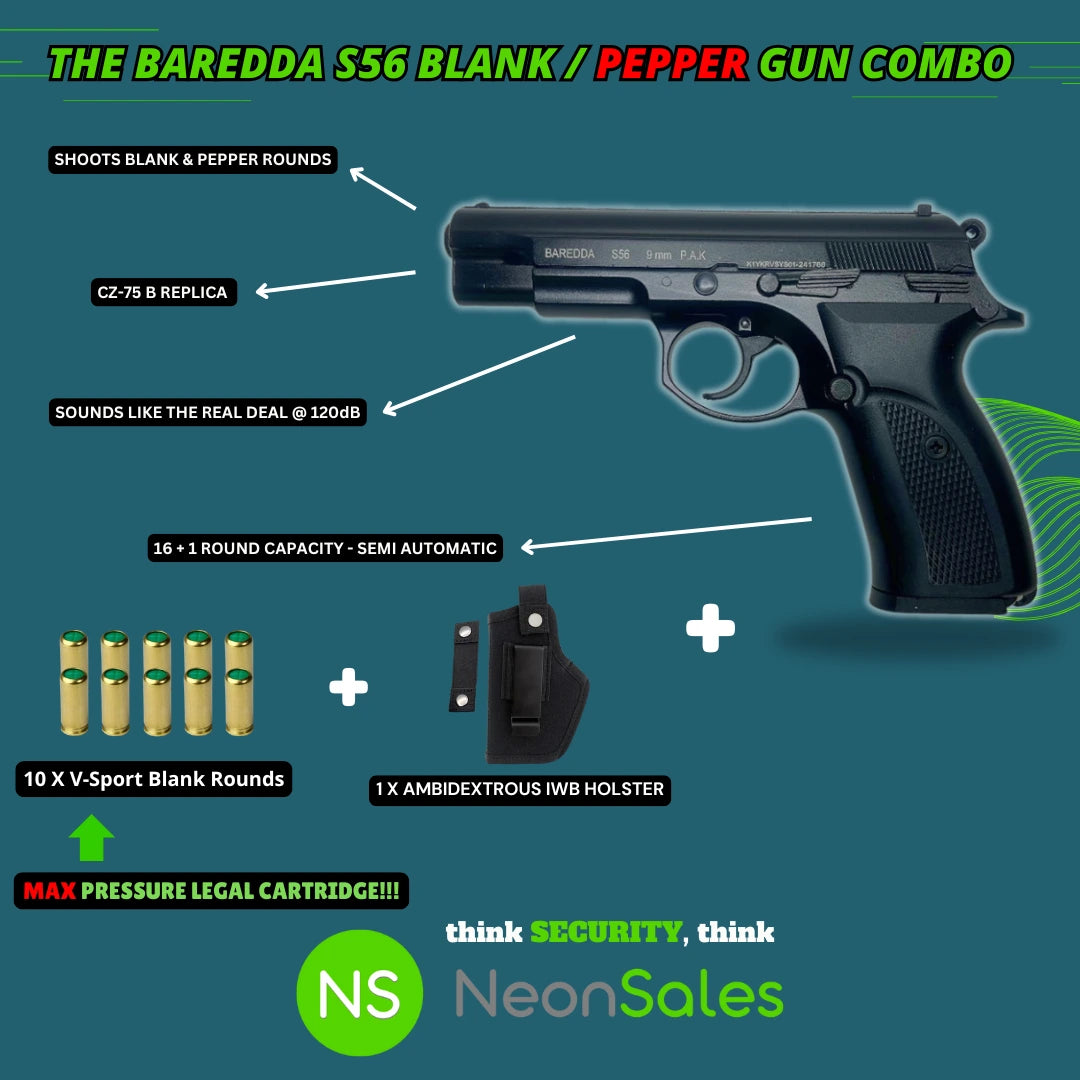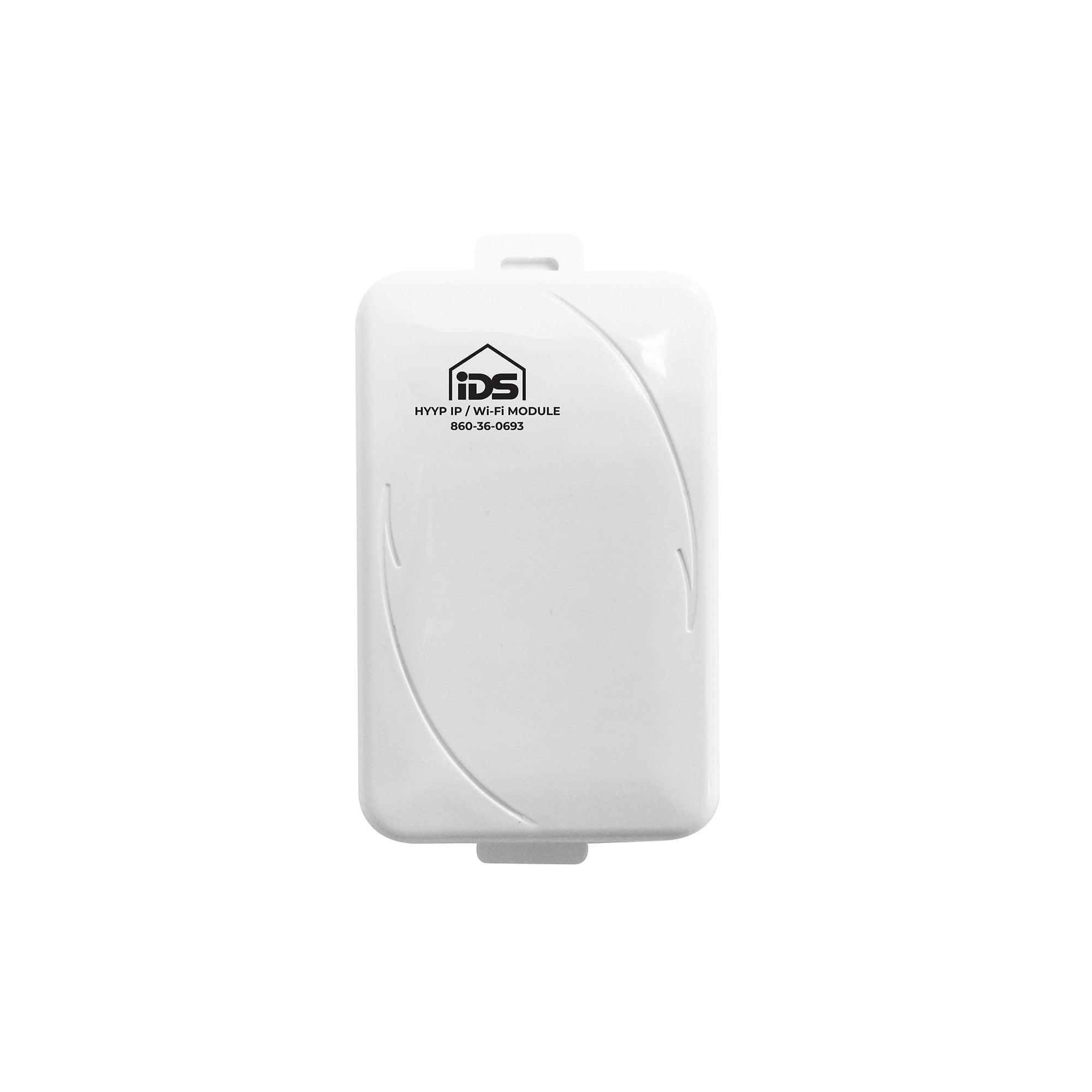Paintball tank intended to be filled up w/ CO2, up to 12 ounces of netto weight to a maximum pressure of 124 BAR / about 1800 PSI. Should the pressure reach to about 3000 PSI, the burst disc will give in and all the pressure will escape. The actual pressure of this recepticle before physical explosion, is considerably higher, however, exceeeding the SWP will cause damage / fractures to the interior of the recepticle, which will cause weakpoints. Therefore, always be sure to replace the burst disc with a proper one, which can be purchased for cheap nevertheless, to avoid such damage.
---
This tank is the ideal combination of tank size and valve type for paintball markers in our opinion in that, while it does sport a bit of beefy diameter like the 20 oz tank, it does feature a shorter profile. The 12 oz tank which is the next tank downgraded from this one in capacity, is considerably thinner, but somewhat longer.
The tank is 0.625 (5/8) x 18" UNF threaded and the valve installed is brass which sports some corrosion resistance. There is no pinhead as you might see, however, there is a tap, meaning that, you can leave this tank threaded up airtight onto your paintball marker's ASA w/out engaging the valve / letting the gas push through from the tank, meaning you won't put unnecessary strain on your marker's internal seals. Once you do need to use your marker, then you can, with the tank engaged to the ASA, simply cock the marker and open the tap valve, which should respond w/ an audible cue that the gas line has been pressurized.
Once done shooting, you simply shut the valve, remove the marker's magazine or if you're playing hopper-fed, you turn the marker upside down, dry fire a couple of times into a safe direction until you hear the last of the pressure remaining in the marker, has been dry fired out the barrel.
Date of manufacture on this specific tank indicates 2021/09 which presumably is its initial hydro testing date as well. Next date for hydro testing herefore, will be 2025/09, for example.
Please also see the SANPA regulation here
Technical Specifications:
|
Valve type: |
Tap head - Can control flow between the extremity of open and close. We normally recommend opening the valve fully in preparation of using the paintball marker, AFTER you have cocked the marker, of course. Once done, simply close the tap, dry fire the gas still pressurizing the marker in a safe direction (w/ the ammunition unloaded) until completely de-preessurized. Thereafter, w/out needing the remove the tank, your marker will be safe for storage and your marker's seals won't be under perpetual pressure / stress. |
|
Height; |
|
|
of tank alone: |
237mm |
|
w/ valve: |
269mm |
|
Diameter: |
69mm |
|
Capacity: |
0.5l |
|
SWP: |
124 BAR |
|
Hydro testing pressure: |
186 BAR |
|
Certification: |
ISO7866 D |
|
Tank material: |
Aluminium |
|
Use: |
Fill with CO2 only, paintball |
Paintball tank intended to be filled up w/ CO2, up to 12 ounces of netto weight to a maximum pressure of 124 BAR / about 1800 PSI. Should the pressure reach to about 3000 PSI, the burst disc will give in and all the pressure will escape. The actual pressure of this recepticle before physical explosion, is considerably higher, however, exceeeding the SWP will cause damage / fractures to the interior of the recepticle, which will cause weakpoints. Therefore, always be sure to replace the burst disc with a proper one, which can be purchased for cheap nevertheless, to avoid such damage.
---
This tank is the ideal combination of tank size and valve type for paintball markers in our opinion in that, while it does sport a bit of beefy diameter like the 20 oz tank, it does feature a shorter profile. The 12 oz tank which is the next tank downgraded from this one in capacity, is considerably thinner, but somewhat longer.
The tank is 0.625 (5/8) x 18" UNF threaded and the valve installed is brass which sports some corrosion resistance. There is no pinhead as you might see, however, there is a tap, meaning that, you can leave this tank threaded up airtight onto your paintball marker's ASA w/out engaging the valve / letting the gas push through from the tank, meaning you won't put unnecessary strain on your marker's internal seals. Once you do need to use your marker, then you can, with the tank engaged to the ASA, simply cock the marker and open the tap valve, which should respond w/ an audible cue that the gas line has been pressurized.
Once done shooting, you simply shut the valve, remove the marker's magazine or if you're playing hopper-fed, you turn the marker upside down, dry fire a couple of times into a safe direction until you hear the last of the pressure remaining in the marker, has been dry fired out the barrel.
Date of manufacture on this specific tank indicates 2021/09 which presumably is its initial hydro testing date as well. Next date for hydro testing herefore, will be 2025/09, for example.
Please also see the SANPA regulation here
Technical Specifications:
|
Valve type: |
Tap head - Can control flow between the extremity of open and close. We normally recommend opening the valve fully in preparation of using the paintball marker, AFTER you have cocked the marker, of course. Once done, simply close the tap, dry fire the gas still pressurizing the marker in a safe direction (w/ the ammunition unloaded) until completely de-preessurized. Thereafter, w/out needing the remove the tank, your marker will be safe for storage and your marker's seals won't be under perpetual pressure / stress. |
|
Height; |
|
|
of tank alone: |
237mm |
|
w/ valve: |
269mm |
|
Diameter: |
69mm |
|
Capacity: |
0.5l |
|
SWP: |
124 BAR |
|
Hydro testing pressure: |
186 BAR |
|
Certification: |
ISO7866 D |
|
Tank material: |
Aluminium |
|
Use: |
Fill with CO2 only, paintball |








































































































Share and get 15% off!
Simply share this product on one of the following social networks and you will unlock 15% off!